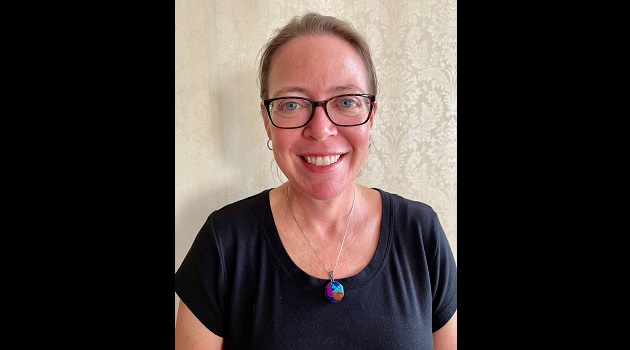By Sarah Ostergaard
“I never learned this in school.” “Why don’t they teach this in school?” “I wish they taught this in school.”
They do. April is Financial Literacy Month and we recognize the efforts of educators across the state to teach financial literacy / personal finance across the K-12 standards.
Financial Literacy is explicit in the K-2 Social Studies standards, implicit in 3-8 grade Social Studies standards, and once again explicit in the high school graduation-required Economics & Personal Finance ½ credit Social Studies course taken in 10th, 11th, or 12th grades (depends upon the district). The core concepts are scattered in other courses, as well, and many English courses use financial-related informational texts to extend the learning. Financial Literacy is also explicitly taught in Career Technical Education (CTE) courses across subject areas, including but not limited to the new required ½ credit Personal Finance course in the CTE subject area.
Further, the SC Council on Economic Education, which is the nonprofit organization supporting the teaching of Economics and financial literacy all over the state, joined with the State Treasurer’s Office seven years ago to create the SC Financial Literacy Master Teacher initiative to empower teacher leaders in any subject area to train more teachers in incorporating financial literacy concepts in various subjects. There are more than 150 master teachers in our state, and the number is growing. Many of our state’s master teachers teach various subject areas in LR5.
We all know that a thorough understanding of financial literacy can have a positive, lasting effect on families for generations. This is especially true for our community’s at-risk students – the benefits of an invitation into the world and vocabulary of banking, choices, solvency and more for these students can be life changing. Improving and expanding financial literacy education in our K-12 schools is sound public policy since the costs of financial illiteracy are very high.
But the schools can only do so much. Financial capability begins at home, with patience and purposeful, developmentally-appropriate talking-out-loud with children about family financial decisions such as saving for a fun family night out or making use of leftovers instead of takeout, for example. Families of all income levels can model and explain their decision-making. This is not easy to do . . . we adults are tired and ordering takeout is fun and so much easier, isn’t it? But, taking the easy path shortchanges our future generations.
Talking about money with our kids at home is difficult, but if we don’t, then we extend the cycle of financial illiteracy. Parents, guardians, caregivers, aunts, and big siblings are fully equipped to promote sound financial skills in our families, even if we don’t have all the answers and we fall short ourselves. Talking about financial literacy and making choices together has additional benefits, too: it helps young people grasp the elusive concept of planning ahead and delayed gratification.
The fundamental goal of K-12 education is to prepare our young people with world-class knowledge and analytical skills to grow into civic-minded, participatory members of society. Financial literacy is a key component of the Adulting 101 type concepts that begin at home and are taught in school.



